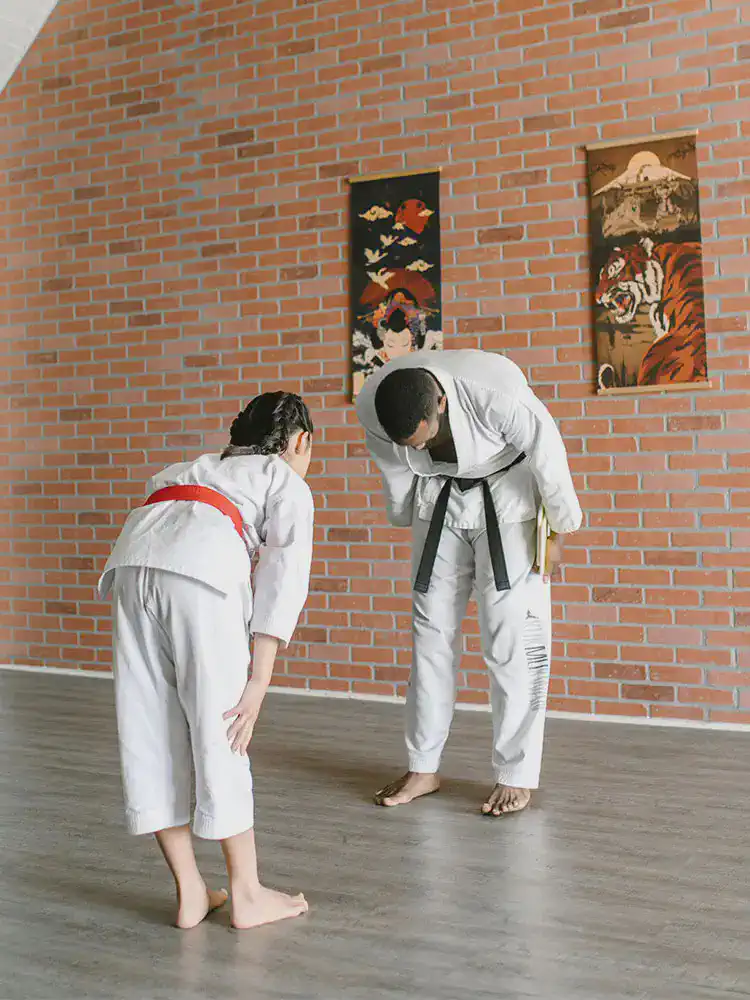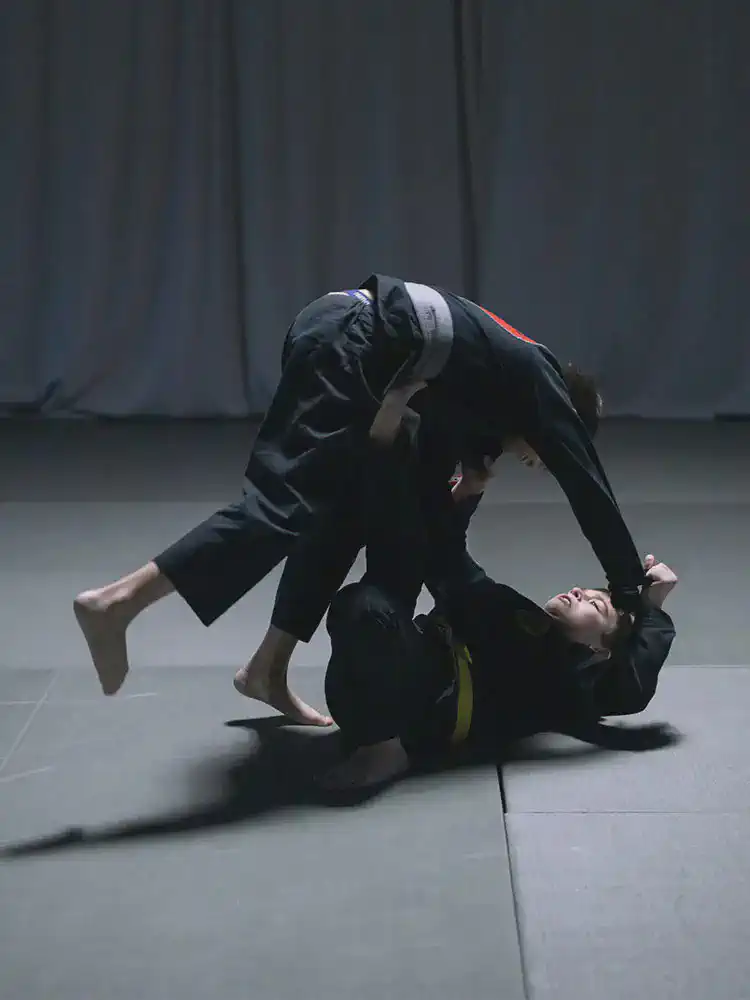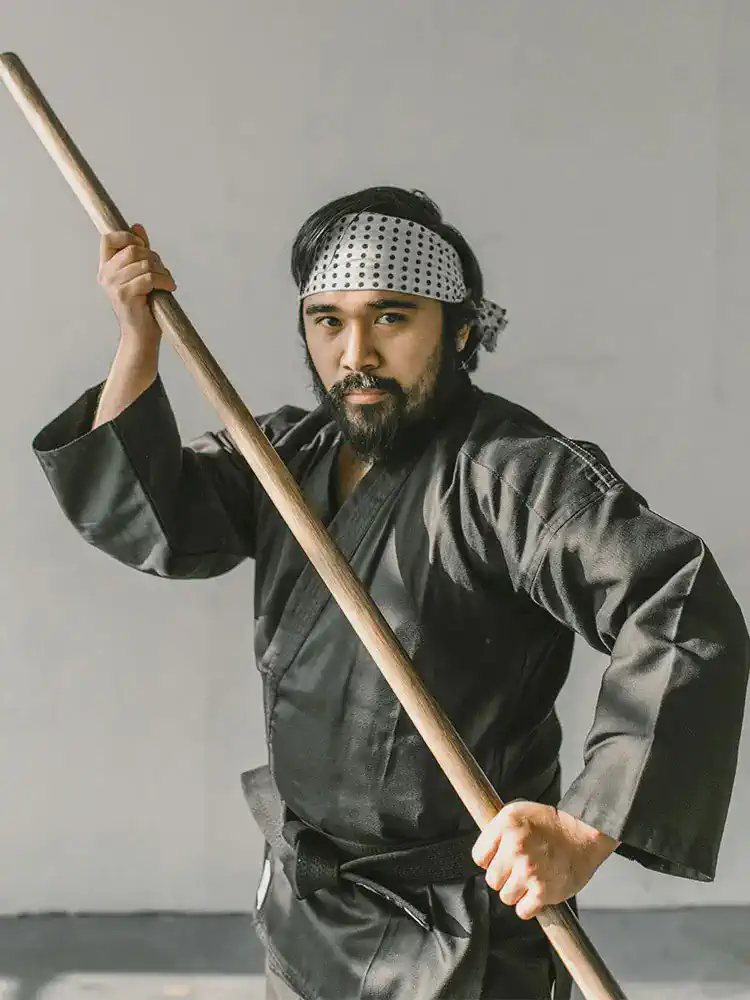Mixed Martial Arts (MMA) stands as one of the most eclectic and rigorous combat sports, blending various fighting disciplines from across the globe into a single, seamless format. Each discipline contributes unique techniques and strategies, enriching the sport’s complexity and appeal. For anyone intrigued by MMA—whether you’re a seasoned fan, a new enthusiast, or an aspiring fighter—understanding these diverse martial arts is crucial. This article unfolds the tapestry of MMA disciplines, highlighting how each art form contributes to the versatility and dynamism of fighters in the cage. From the grappling prowess of Brazilian Jiu-Jitsu to the striking force of Muay Thai, let’s delve into the multifaceted nature of MMA and discover what makes it a comprehensive and challenging sport.
What are the disciplines in MMA? Let’s take a closer look
Mixed Martial Arts (MMA) is a dynamic and multifaceted sport that combines techniques from various combat sports and martial arts from around the world. This integration of disciplines makes MMA one of the most comprehensive and challenging sports today. For enthusiasts, practitioners, and fans, understanding the different martial arts incorporated into MMA can enhance appreciation of the sport and improve one’s own skills. This article provides a detailed look at the key disciplines that make up MMA, exploring their unique contributions and how they interplay in the context of MMA fights.
1. Brazilian Jiu-Jitsu (BJJ)
Brazilian Jiu-Jitsu is a ground-based martial art that focuses on grappling and submission holds. It emphasizes the use of technique and leverage to control an opponent, making it possible for a smaller person to defeat a larger adversary. In MMA, BJJ is crucial for fighters to effectively control the fight on the ground, secure positions, and apply chokeholds or joint locks to finish a fight.

2. Muay Thai
Known as the “Art of Eight Limbs,” Muay Thai utilizes punches, elbows, knees, and kicks. This discipline from Thailand offers MMA fighters powerful striking and clinching techniques. The use of elbows and knees in close-range combat makes Muay Thai especially effective and a dominant striking style in the cage.

3. Wrestling
Wrestling in MMA primarily involves two styles: Freestyle and Greco-Roman. This discipline enhances a fighter’s ability to control their opponent through takedowns and maintain top position on the ground. Wrestlers are known for their strength, endurance, and tactical skills, which are essential for dictating the pace and position of the fight.
4. Boxing
Boxing contributes significantly to the striking aspect of MMA. It provides fighters with punch combinations, footwork, and head movement, crucial for effective striking and defense. Good boxers in MMA are adept at managing distance and using their punches to set up other attacks or defend against opponents.
5. Judo
Judo, a Japanese martial art focusing on throws and takedowns, offers another dimension to grappling in MMA. By using an opponent’s force against them, judo practitioners can efficiently take fights to the ground and transition into dominant positions, which is invaluable in the MMA setting.
6. Taekwondo
Taekwondo is known for its emphasis on high, fast, and spinning kicks. In MMA, this Korean martial art contributes to a fighter’s striking arsenal, particularly in terms of agility and the ability to deliver kicks from long range, adding a level of unpredictability and aesthetic flair to fights.
7. Karate
Karate provides MMA fighters with rapid striking techniques and a strong defensive posture. Styles like Kyokushin and Shotokan focus on powerful, linear strikes and maintaining distance. Karate practitioners in MMA benefit from swift in-and-out movements and the ability to deliver impactful blows.
8. Sambo
Originating in Russia, Sambo is a martial art that blends judo and wrestling techniques. It is particularly effective for combat situations due to its comprehensive grappling repertoire and inclusion of both jacket and no-gi techniques, making it versatile and effective for MMA.

What do you need to start MMA?
Starting in Mixed Martial Arts (MMA) is an exciting journey, but knowing what you need to begin can set you up for success. Here’s a practical guide on what you’ll need to start your MMA training effectively. You can also find more detailed information about the cost of training and income in this article.
1. Finding the right gym
The first step is to find a good MMA gym with experienced trainers. Look for a gym that offers a variety of classes that encompass the different MMA disciplines like Brazilian Jiu-Jitsu, wrestling, boxing, and Muay Thai. A supportive environment and a curriculum that progresses from basics to advanced techniques are essential.
2. Essential gear and equipment
To train safely and effectively, you’ll need the following gear:
- MMA Gloves: Smaller and lighter than boxing gloves, MMA gloves allow for better hand mobility for grappling.
- Hand Wraps: These help stabilize your wrists and protect your knuckles.
- Mouthguard: Essential for protecting your teeth and reducing the risk of concussions.
- Shin Guards: Necessary for sparring sessions to protect your shins when practicing kicks.
- Headgear: Useful for sparring to protect against head injuries.
- Rash Guard: Worn typically in grappling to prevent mat burns and reduce the spread of skin infections.
- Athletic Cup (for males): Crucial for protecting against groin strikes.
3. Physical fitness
While you don’t need to be in peak shape to start training, a basic level of fitness can help. MMA is physically demanding, combining strength, flexibility, and cardiovascular endurance. Preparing your body through general fitness, strength training, and flexibility exercises can help you avoid injuries and perform better.
4. Learning the basics
Focus on learning the fundamentals of various fighting styles integral to MMA. Understanding basic strikes, takedowns, and grappling techniques is crucial before advancing to more complex combinations and sparring.
5. Mental preparation
MMA requires mental toughness and discipline. Being mentally prepared to handle the rigors of training, learning from losses, and managing fear and anxiety in the ring are as important as physical preparation.
6. Nutrition and hydration
Proper nutrition fuels the body for intense workouts and aids in recovery. Staying hydrated is equally important, especially during training sessions to maintain performance and prevent dehydration.
7. Consulting with healthcare professionals
Before starting any new intense physical regimen, it’s advisable to consult with a healthcare professional, especially if you have pre-existing health conditions.
8. Joining a community
Being part of an MMA community can provide support, motivation, and enhance your learning experience. Engage with peers, attend seminars, and participate in local events to immerse yourself in the sport.

Conclusion
MMA is a dynamic amalgam of combat disciplines, each bringing depth and breadth to the sport. The synergy of Brazilian Jiu-Jitsu, Muay Thai, Wrestling, Boxing, Judo, Taekwondo, Karate, and Sambo within the MMA arena creates a multidimensional and highly strategic fighting environment. This blend not only challenges fighters to continuously evolve and adapt but also offers spectators a rich, diverse combat experience. By understanding the distinct contributions of these disciplines, one gains a deeper appreciation for the sport and a clearer insight into the strategies at play. Whether you aim to participate or simply enjoy MMA as a spectator, recognizing the interplay of these arts can significantly enhance your understanding and enjoyment of the sport.